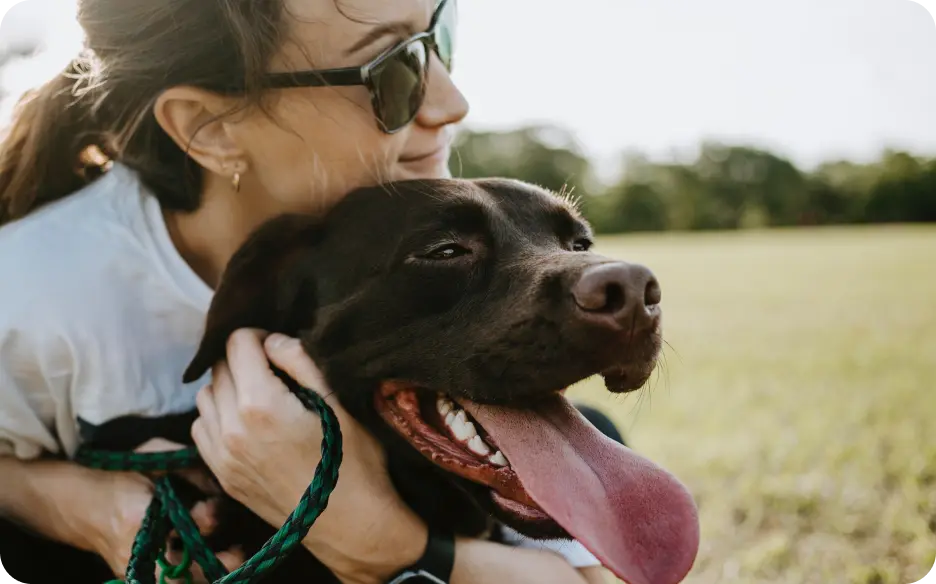















Dogo offers comprehensive and personalized dog training programs, designed by certified trainers, to address specific behavior issues or teach new skills to dogs of all ages and breeds.






Discover Dogo’s unique features that will empower you to become the best dog parent for your furry friend.
Take a quiz, and you will get a tailored plan that is right for your dog. Dogo can help you with leash walking, biting, behavioral issues and suggest fun tricks to try out.
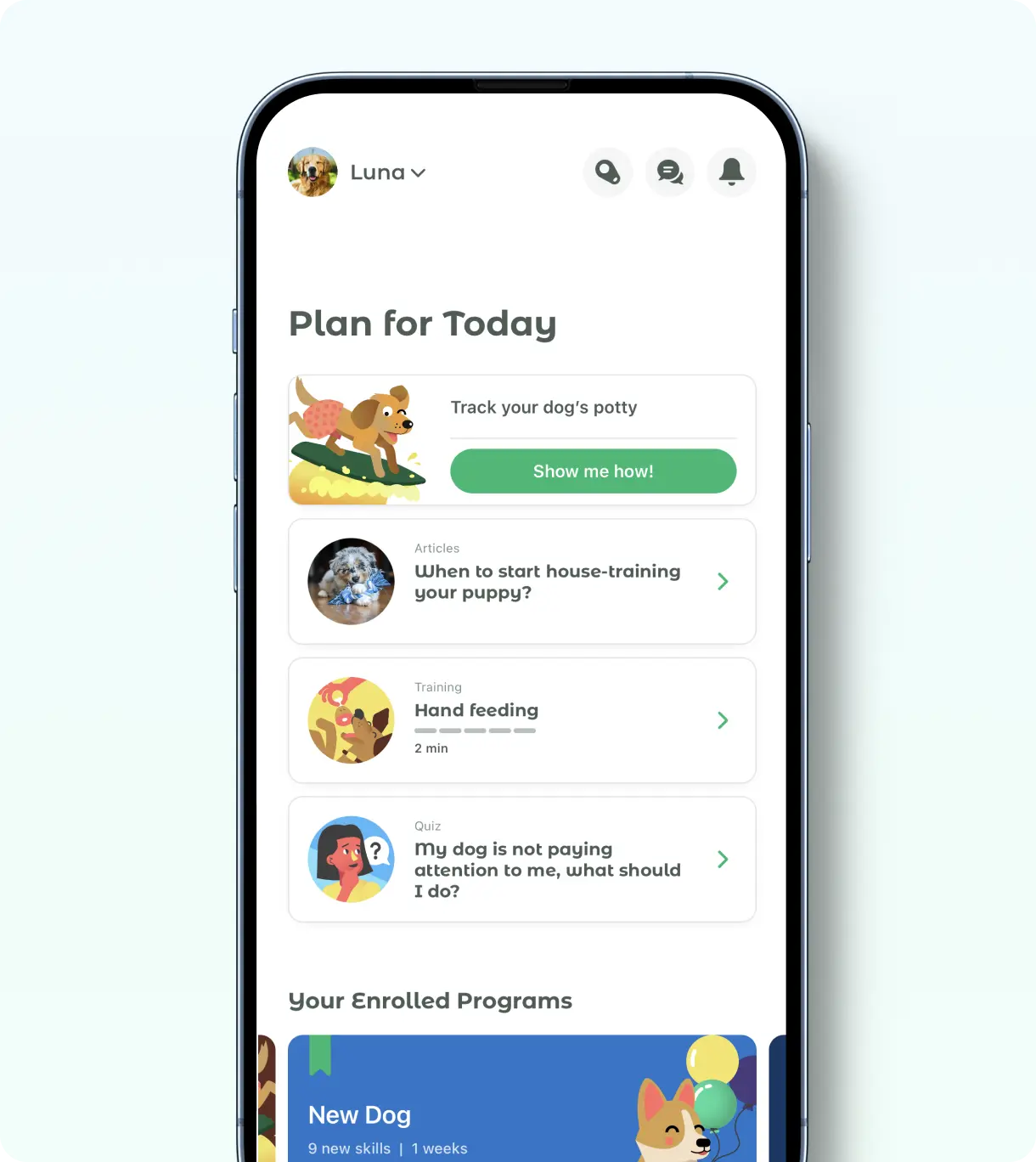
Certified dog experts will guide you on your training journey via personal video feedback.
.webp)
Keep track of your dog's potty breaks and get your puppy house trained in 30 days. Your dog's medications, grooming reminders, and weight tracker - all shareable with your family members!

With our easy-to-use built-in dog clicker, you can reduce training time even by 40%.
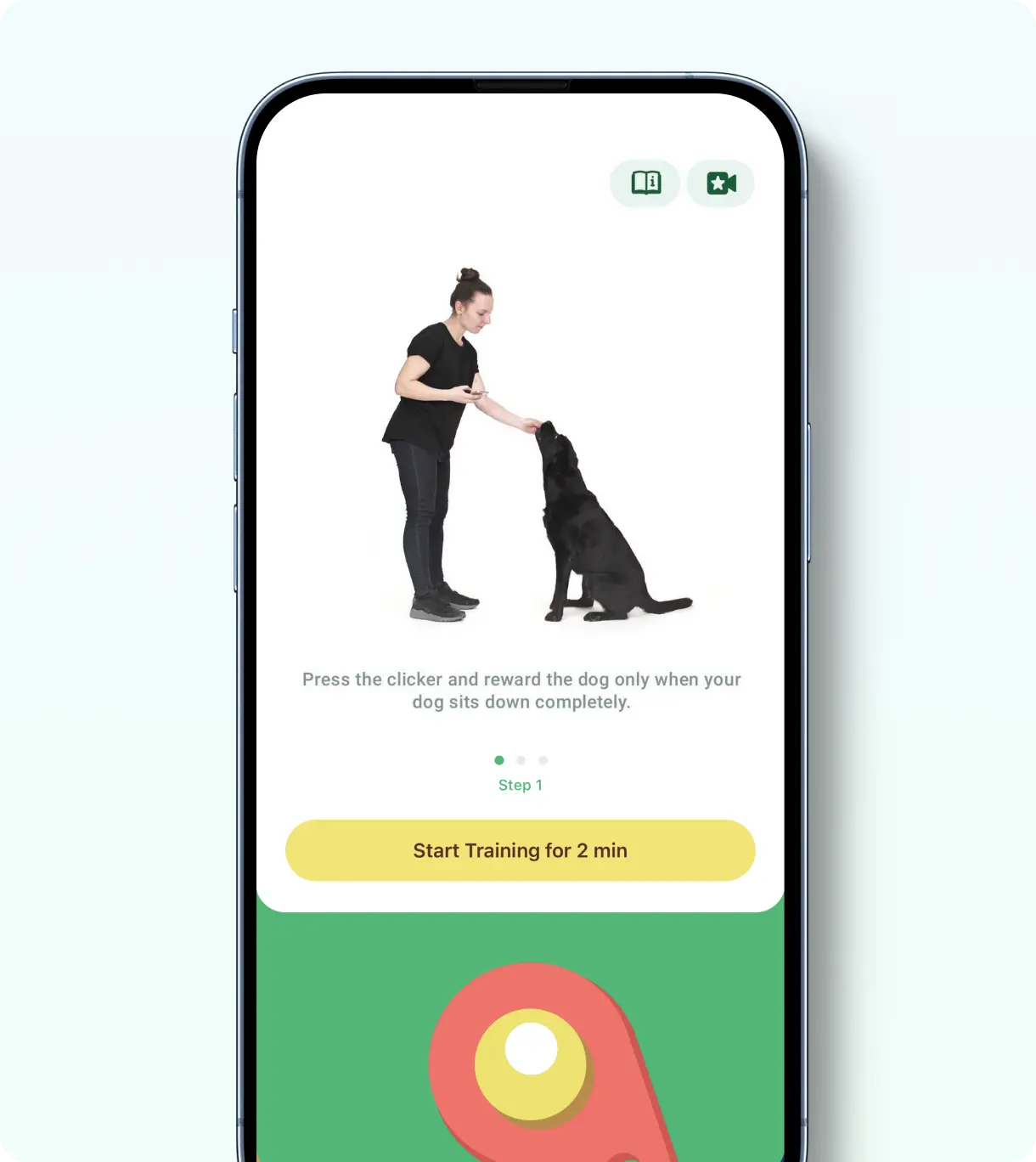
Find out how Dogo has helped other dog parents strengthen their relationships with their dogs.
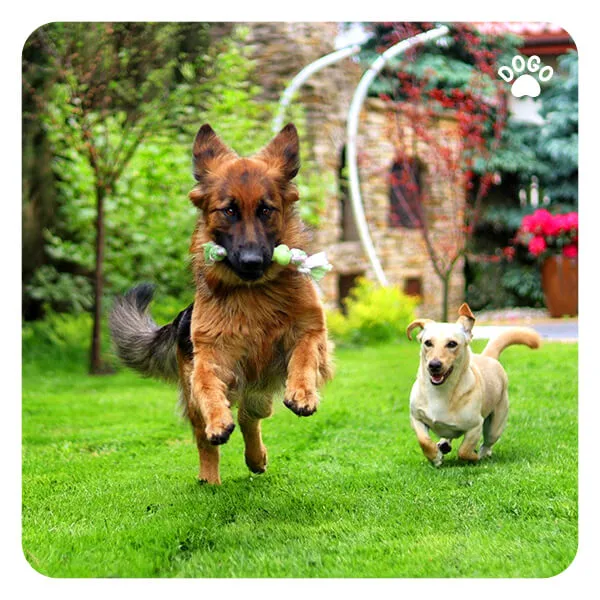
.webp)

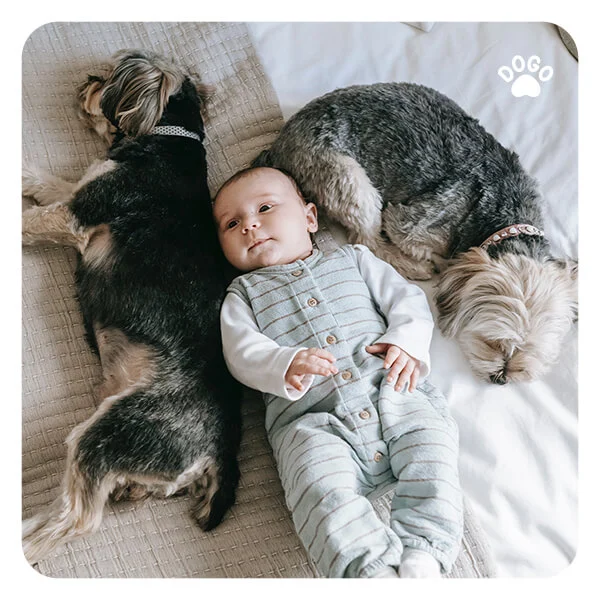
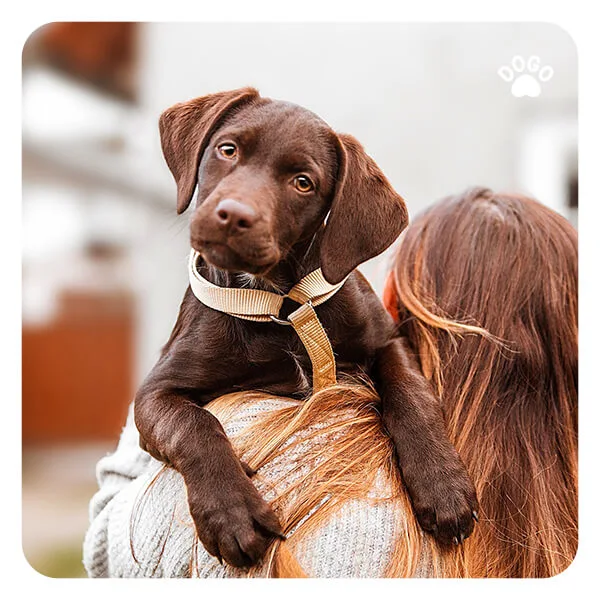
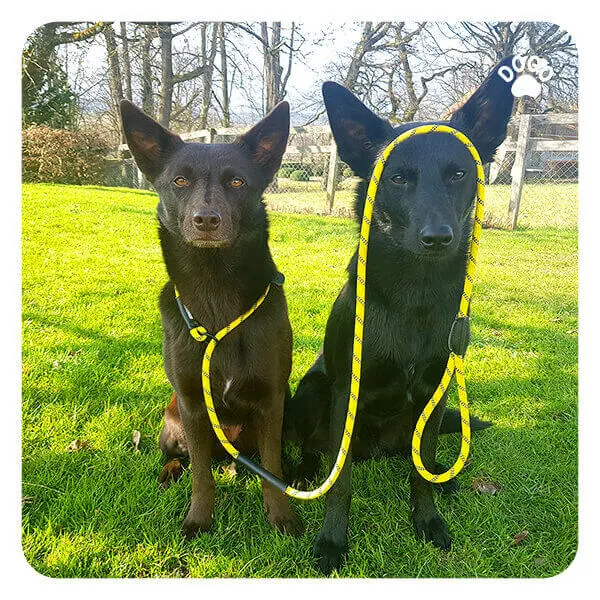

.webp)





Justin
Dog parent of
Tiger

Rebecca
Dog parent of
Lucky

Ravid
Dog parent of
Kai

Mila
Dog parent of
Milou

David
Dog parent of
Coffee

Evelyn
Dog parent of
Pakku

Kim
Dog parent of
Millie

Jacqueline
Dog parent of
Mitch
Complete a short survey and get a personalized training program for your dog.
Select a flexible subscription plan that is most suitable for your needs.
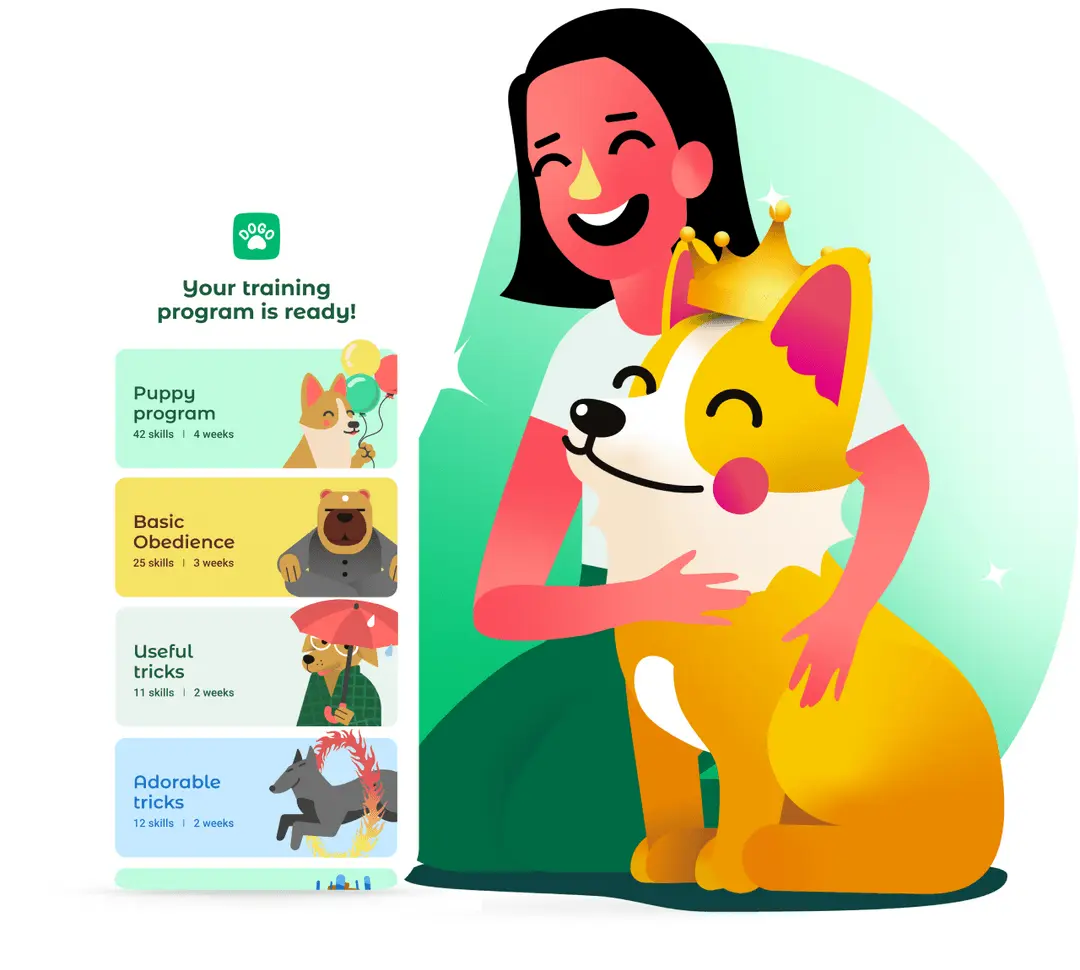
Cherish a stronger and deeper bond with your happy, well-behaved dog.






The best time to start dog house training is between 7,5 and 8,5 weeks. At this stage, puppies have sufficiently developed their senses of smell and coordination and will choose a preferred substrate. Do not delay your puppy's house training for longer than 10 weeks of age. After the puppy is 10 weeks of age, fear starts to develop, and they can be uncomfortable eliminating in a new environment, e.g., outside.
A clicker is a sound signal marking behaviour and a specific moment when the dog is rewarded. Science has proven that praise or a reward should be given within 0.8 seconds after the correct behaviour. If you choose not to use a clicker and instead use a food reward, you are unlikely to always deliver the treat in less than a second. This is because the dog will refocus their attention on you and the treat and not on the behaviour they were performing.
Older dogs can still learn most of the tricks. In fact, older dogs need training to keep them active and free of boredom. Daily training can also delay the development of cognitive dysfunction. Of course, for dogs with impaired vision and hearing, things become more difficult. But if your dog is a healthy senior, there should be no problem.
Yes, training a hearing-impaired dog is more challenging, but the core training method remains the same. Deaf dogs are easily startled, so make “Gotcha” and “Bite inhibition” training your priority. That way, even if your dog is suddenly scared, they will react gently. Instead of clicker training, you can use our built-in flash. Instead of verbal cues, use hand gestures. You will find more directions in our app.
Positive dog training is based on the principle that if you reward and praise a dog for good behavior the dog is more likely to repeat it and offer it to you. Be patient and ignore unwanted behaviours, or redirect your dog's attention to other things like a toy or a treat, or change your walking direction. Remember to praise your dog for not reacting to distractions like a passing cyclist or a ball bouncing nearby.
A treat is a motivator for your dog to learn and train. But if your dog is highly motivated by petting or a toy, use that accordingly. You do not always have to offer an edible snack. A treat should follow immediately after clicking and while your dog is still in the training position, e.g. “down”. Once your dog masters a command, treat them every second or third time. Slowly fade out treats so your dog does not become solely dependent on them.
At first, it is important to train the dogs separately, so they don’t get distracted by each other and don’t compete for your attention. Once they are well-trained, it's possible to do some group tricks. You can bring the second dog in if one of your dogs has mastered a trick. When they see the other perform well, they might be more likely to copy.
Do not introduce multiple commands at once. It is usually more difficult to teach a few commands at a time. It’s better to refresh the old skills that your dog already knows. We at Dogo believe that repetition is the key. It is important that you start and finish the training with something that your dog knows very well, so they get excited about the learning process and finish exercising on a good note.
Start our survey and receive a customized training plan tailored to your dog today!
